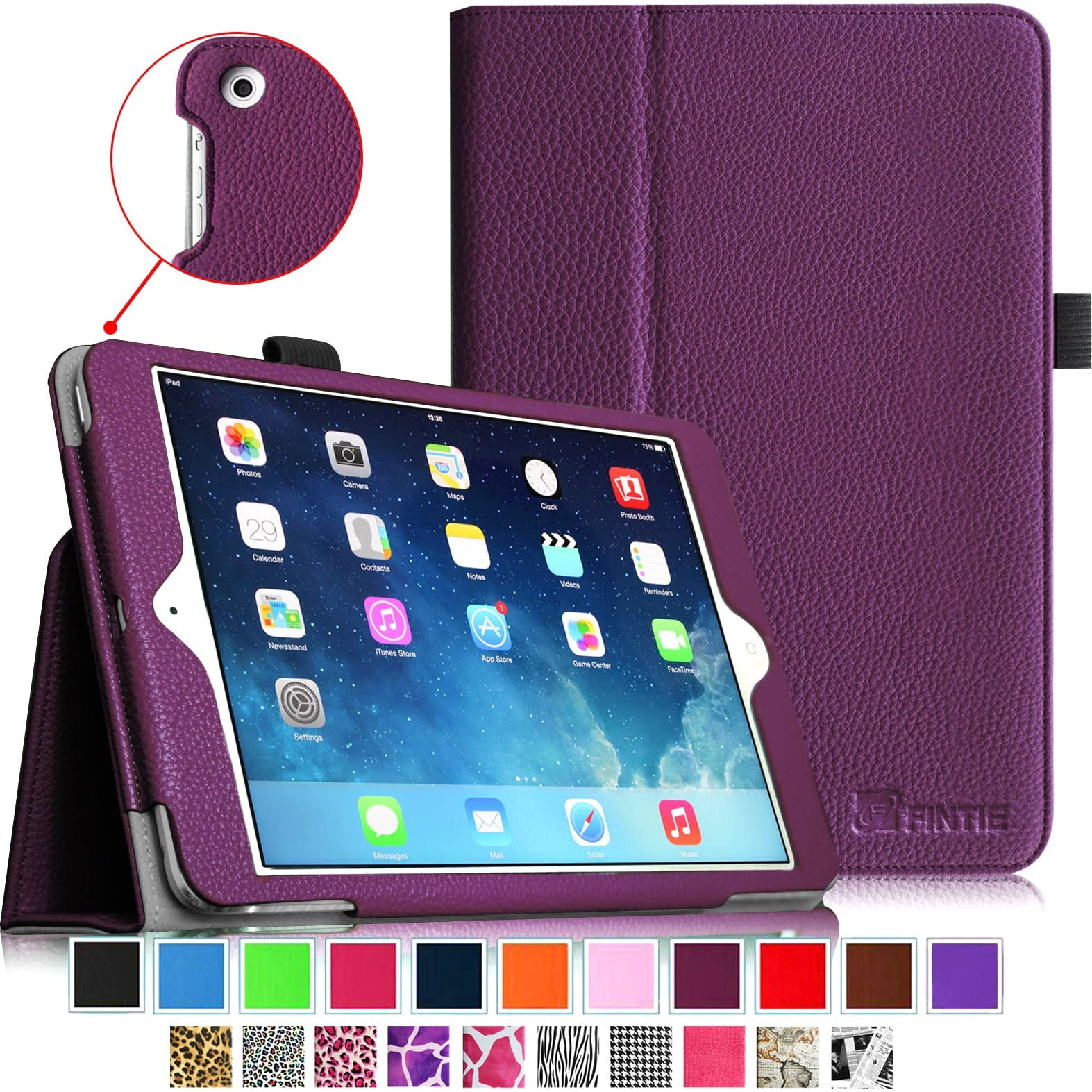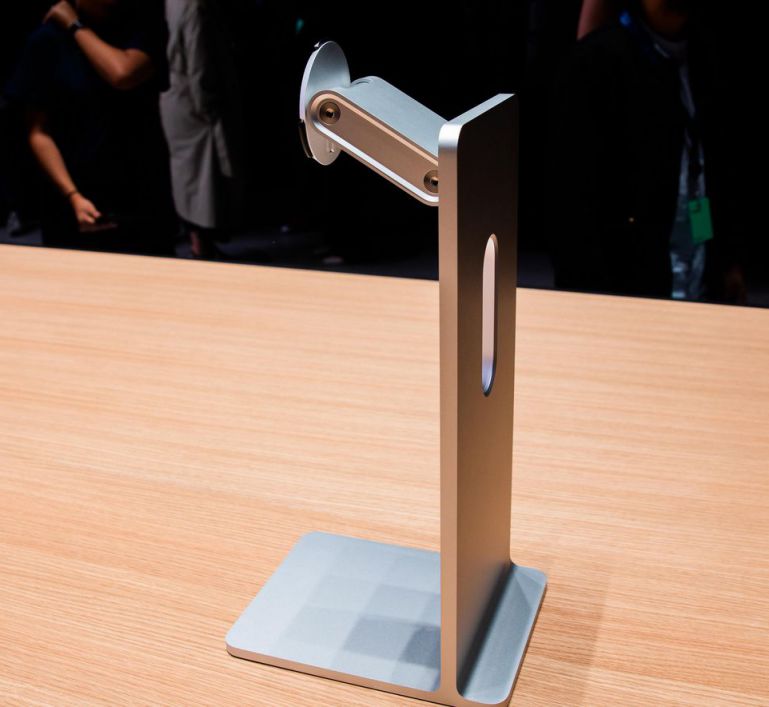


It starts at $1,599 for the base model, which includes the standard glass finish and a tilt-adjustable stand. The Studio Display undercuts Apple's other monitor - the Pro Display XDR - by a wide margin, but it certainly isn't cheap. With Center Stage, a user's video feed will even move with them during calls. It's instantly a video-calling powerhouse, as Apple has a proven track record of high-quality speakers and microphones. The Studio Display has a 12 megapixel ultra-wide camera with Center Stage technology, a three-microphone array, and a six-speaker sound system. More importantly, the monitor has built-in peripherals to minimize its footprint on a desk. That's enough power to fast charge an 14-inch MacBook Pro, and the ability to connect a single cable to an entire desk setup is downright impressive. Through a single cable, the Studio Display can serve 5K video streams, transfer 10 GB/s data, and provide up to 96 watts of power to a connected Mac. It has three USB-C ports that can transfer high-speed data, graphics, and power.

The Studio Display stands out from its market competitors by offering built-in features aside from impressive display technology. The Studio Display offers a bright screen - up to 600 nits of peak brightness - and support for over a billion colors on the P3 color gamut. It has all of the features that users have come to love about Apple displays, including true-tone technology that adjusts the monitor's color temperature based on the ambient light in its surroundings. The newly-announced Studio Display is a 27-inch monitor with a 5K Retina screen. The Studio Display resembles the refreshed iMac that debuted last spring without the all-in-one computer's iconic 'chin.' That's because the M1 iMac's 'chin' housed the computer's logic board and much of the internal components, and without those components, Apple was able to shrink the bezels of the Studio Display. Related: Apple Just Announced The iPhone SE 3, And It's More Expensive Than Ever Though the similarities are indeed present, the new Studio Display is far and away the best consumer monitor the company has ever created. The Cinema Display was introduced in 1999 and received updates until 2010 however, the monitor was discontinued a year later in 2011. The Studio Display was sold alongside the Apple Cinema Display for a few years, which was the last consumer display released by Apple. The G4 Cube had a similar form factor to the just-announced Mac Studio computer, so it's fitting that the new display inherits the former nomenclature.

The company originally sold a Studio Display from 1998-2004 in both LCD and CRT variants that were commonly paired with the PowerMac G4 and PowerMac G4 Cube. The new Apple Studio Display isn't actually the first display of that name.


 0 kommentar(er)
0 kommentar(er)
